We’re inundated with requests to review hardware here at Traxion, which is probably why we’ve never had the chance to review any of GT Omega’s extensive range of sim racing products – until now, that is.
I’ve been tasked with giving the GT Omega Prime Lite a thorough test, to see if this entry-level aluminium cockpit delivers the kind of bang for buck required at this crucial position in a crowded marketplace.
But before I can give it a proper shakedown, first I need to build it.
Gulp.
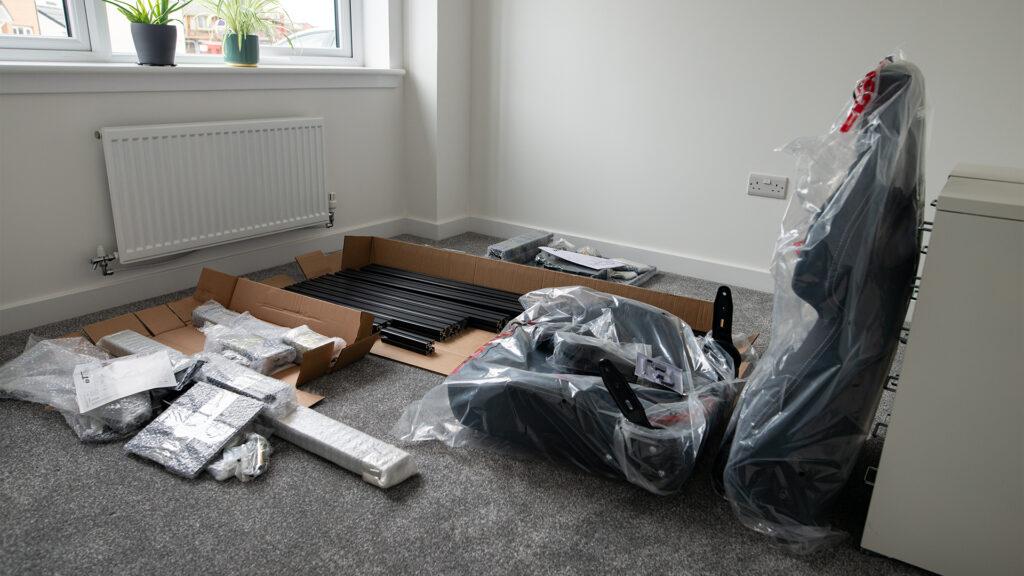
GT Omega Prime Lite: is it easy to build?
While unboxing the GT Omega Prime Lite it was clear to see the quality of the materials. The extruded aluminium profile is strong yet lightweight, with a smart-looking anodised black finish. However, I accidentally scratched a piece, revealing the bare silver aluminium underneath.
The scratch stood out like a sore thumb, so keep this in mind if you’re clumsy like me. GT Omega has trialled paint touch-up pens for circumstances just like this but there are no immediate plans to supply them.
The many boxes and bags can be an intimidating site at first but for the most part GT Omega’s instruction booklets provide a solid visual guide of what goes where.
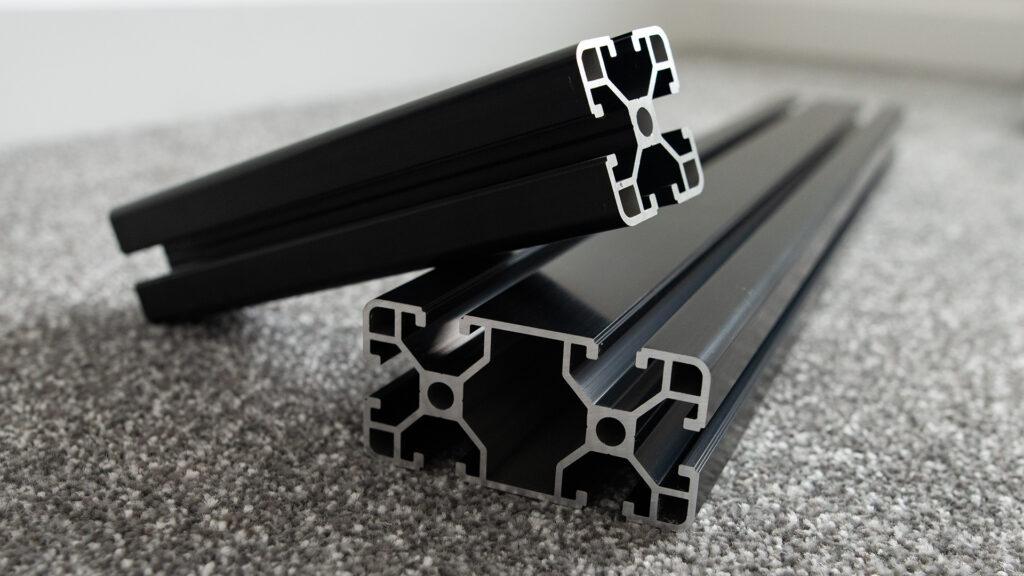
Instruction issues
However, there were a couple of areas where I believe the instructions could be improved. One instance is where you’re asked to fit the two horizontal aluminium frame pieces located underneath the seat – pictured below.
One diagram shows the angled brackets facing opposite ways, while the next shows them facing the opposite way (pictured). A cursory check of the GT Omega website shows the second option is correct.
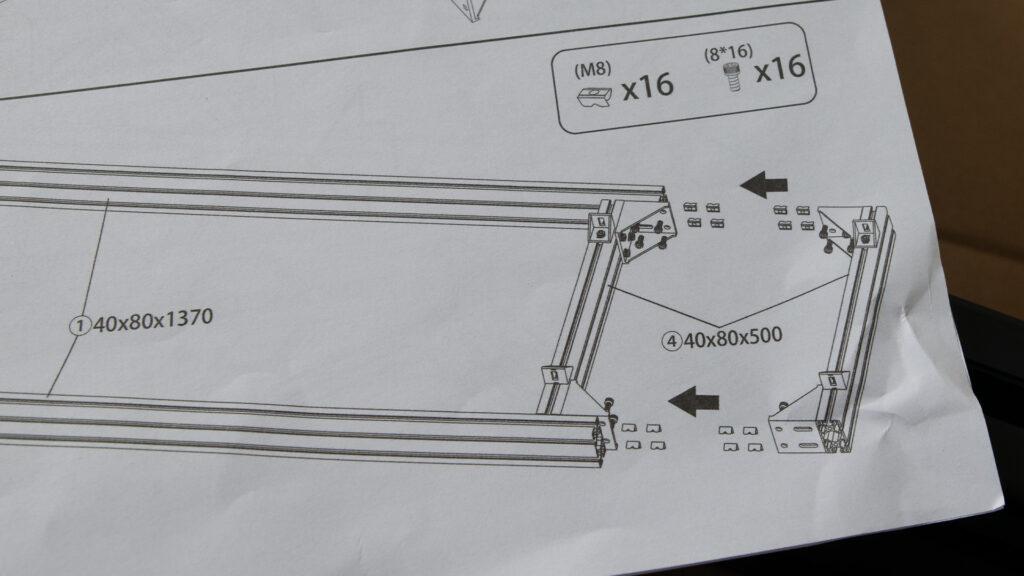
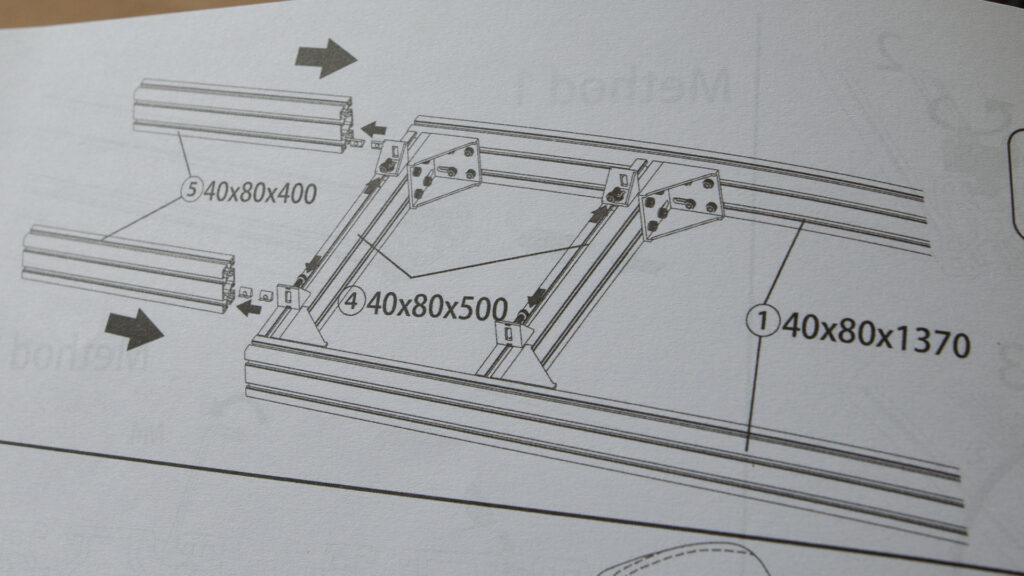
Another example shows the seat runner bolts sitting well clear of the seat base. In practice, the back two bolts could be fitted easily but the front bolts were inaccessible (perhaps due to my sausage-like fingers).
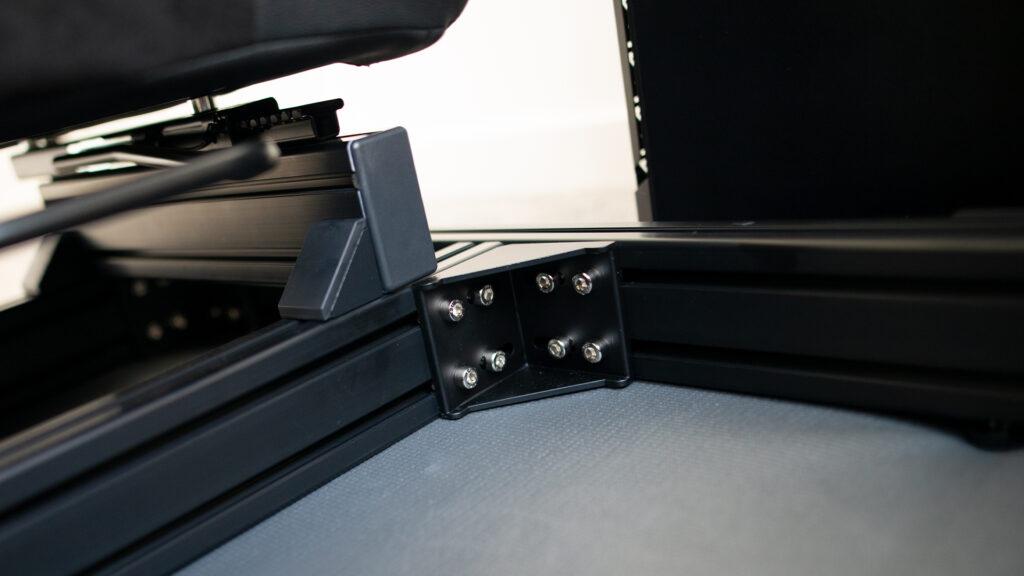
Thankfully, Mrs. McGregor came to the rescue and was able to get enough purchase on the bolts to hold the seat firmly in place. I contacted GT Omega about this and found that the instructions were printed before larger seats like the RS12 and XLRS were made compatible with the Prime Lite.
This should be rectified in future but GT Omega is aware of the issue and produced a video to help buyers through this part of the build (shown below).
So, the build continued, with my only complaint being the lack of measurements on the instructions. Assembling the framework in the correct position is easy enough for your average DIY enthusiast, however, and if you make any mistakes it’s a simple case of undoing and re-tightening bolts.
Measure twice, cut once
In terms of finishing touches, the chair’s vertical cover trims pop off a bit too easily for my liking, but once your cockpit is in place it’s unlikely to be a problem. The screws required for the circular trims aren’t mentioned at all, however, but you’re given a generous number and variety, so all it takes is a bit of rummaging.
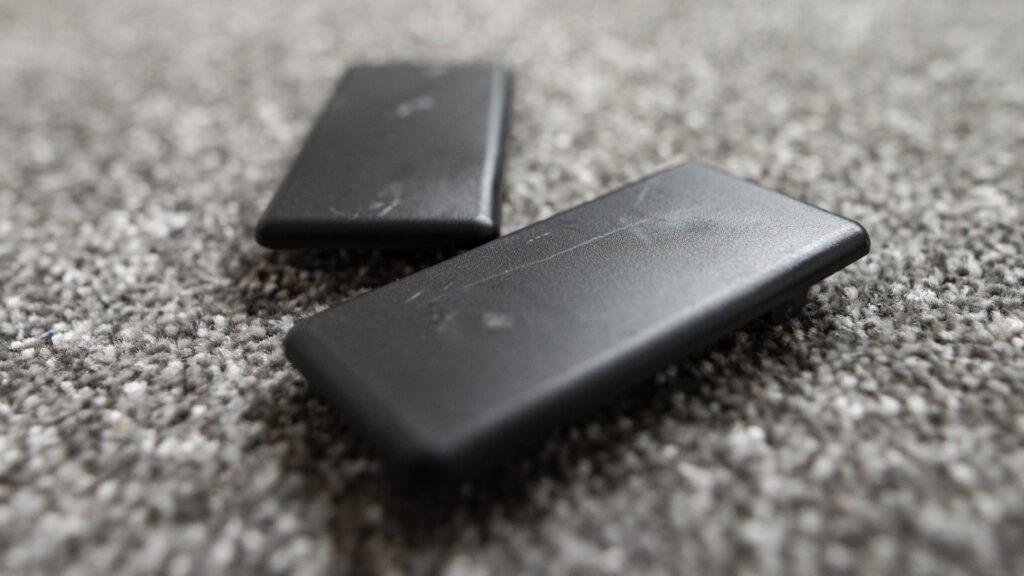
A diagram showing how to fit the monitor fixing plate isn’t available either – easy enough to remedy but I’d rather have saved myself the time and doubt!
In addition to the Prime Lite, I also received the Prime Integrated Monitor Mount Single from GT Omega, which bolts directly onto the Prime Lite Cockpit. Although not specifically designed for the Lite (it’s primarily for the top-of-the-range Prime cockpit), it fits nicely, allowing me to place my single 27” monitor into place over my Fanatec CLS DD 8Nm wheelbase.

My Fanatec CLS Elite pedals also bolt easily onto the supplied pedal tray into my preferred position, but I feel there should be more mounting holes in the centre of the tray to really tie down the brake – especially for beefier load cell or hydraulic-based pedals.
It works just fine for me, however, and I’m well used to slamming on the anchors in Assetto Corsa Competizione‘s ABS-assisted GT3 cars.
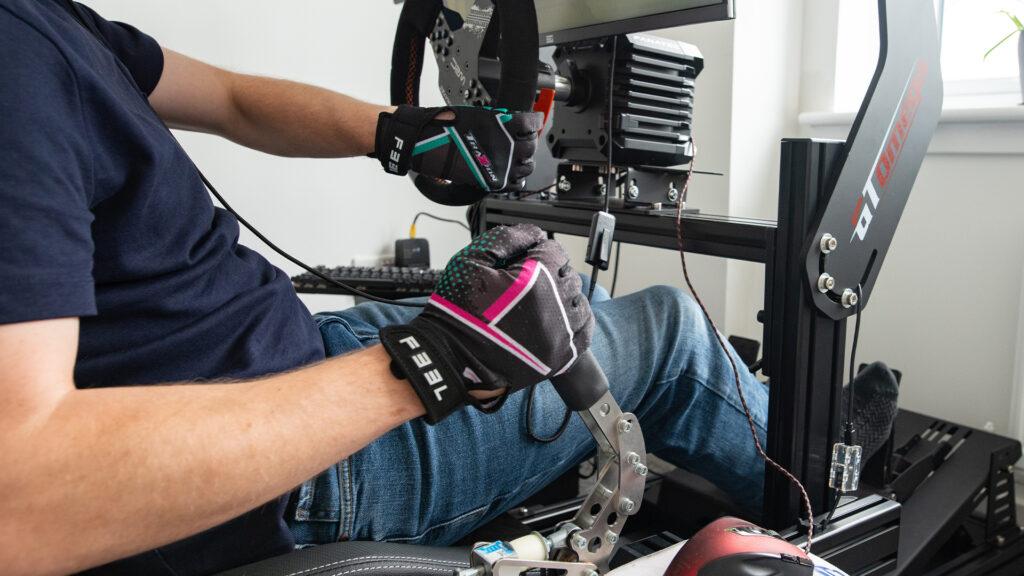
The shifter plate was a slight disappointment, however, as attaching it to the main cockpit frame with the suggested screws resulted in a very wobbly platform. I improvised by adding washers to the underside of the plate, which fixed the issue immediately (not that I have a shifter, mind).
One other minor complaint was the quality of the bolts for the wheelbase platform, as the heads burred while tightening. They should be made of stronger stuff as the rake adjustment is something that’ll constantly be tinkered with during the cockpit’s lifetime.
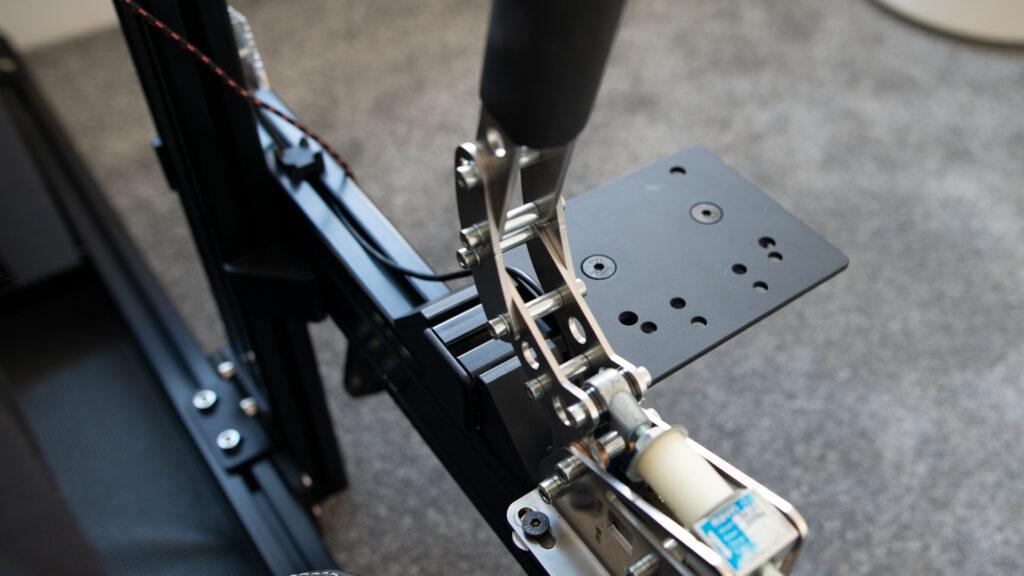
Road test
On to the fun bit: testing. The RS12 Carbon seat I’ve been supplied with hugs my shoulders tightly, securing my back in place ready for a gruelling Richard Burns Rally session.
My Heusinkveld Sim Handbrake bolts into the profile channel to my right – aided by Heusinkveld’s typically solid base plate (you’ll need two M6 bolts and accompanying slot nuts for this, however).

Right, I’m ready to rock and roll (it is Richard Burns Rally, after all).
Before I know it, I’ve completed a mammoth 90-minute rallying session. The supplied memory foam lumbar pillow helps take the strain off my lower back; good to know if I ever get back into the SRO Esports endurance racing fold.
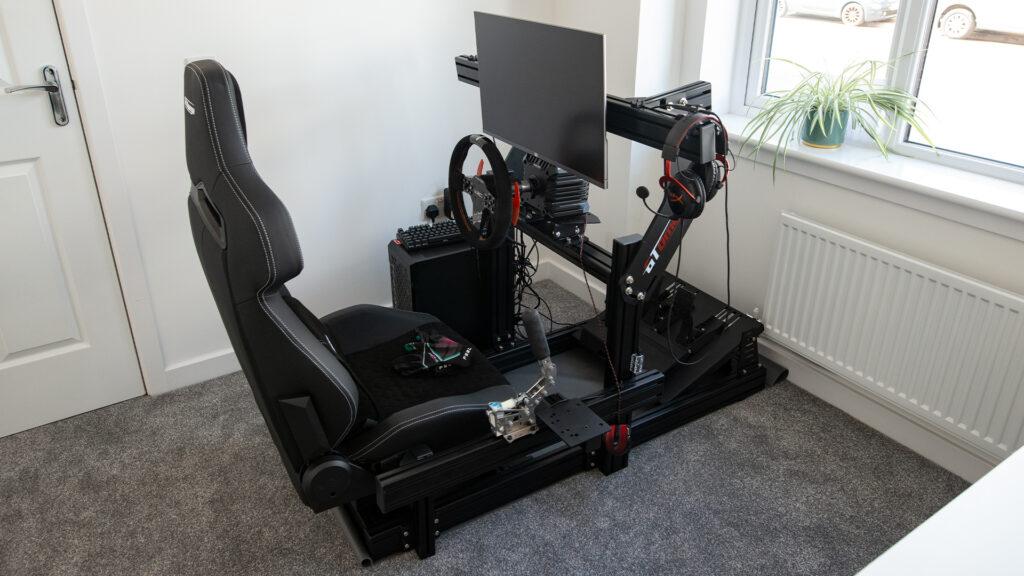
After a long period of using my CSL DD clamped to a desk, sitting in a torturously poor position which led to a trapped nerve in my neck, the Prime Lite is a breath of fresh air, offering supreme stability and comfort.
In fact, if someone had told me this was GT Omega’s flagship Prime cockpit I’d have believed them, such is the rigidity offered by the Lite.
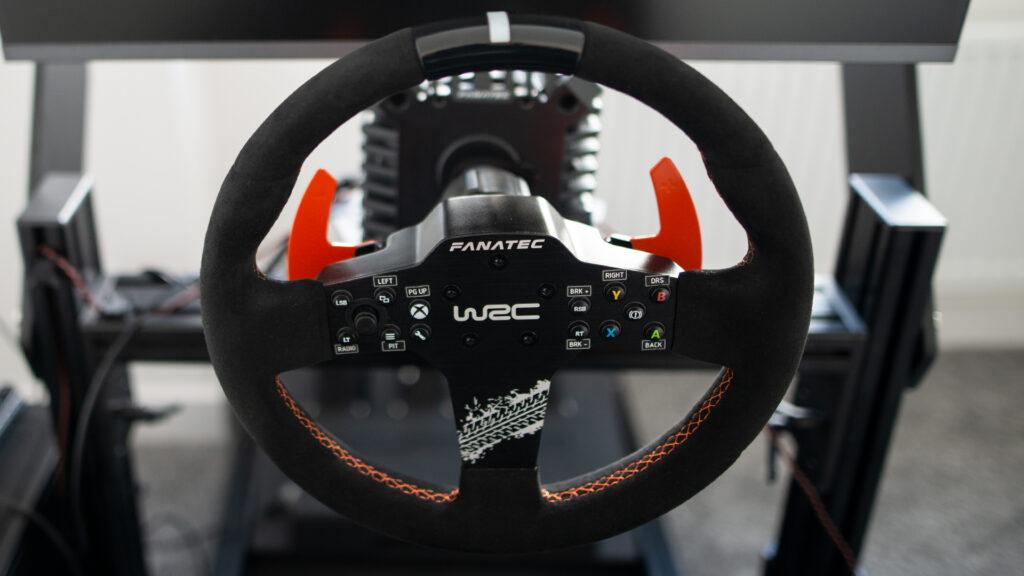
I liked the quick-release bolts that determine the height of your wheelbase: switching from a rally steering wheel to a formula-style rim necessitated slight adjustments which could be done in seconds. Neat.
Another plus point of the Prime Lite is its relatively small 1100mm x 1500mm footprint (depending on how many monitors you have!), meaning it fits snugly into a corner of my modest home office space. Plenty of room left for Billy bookcases, then.
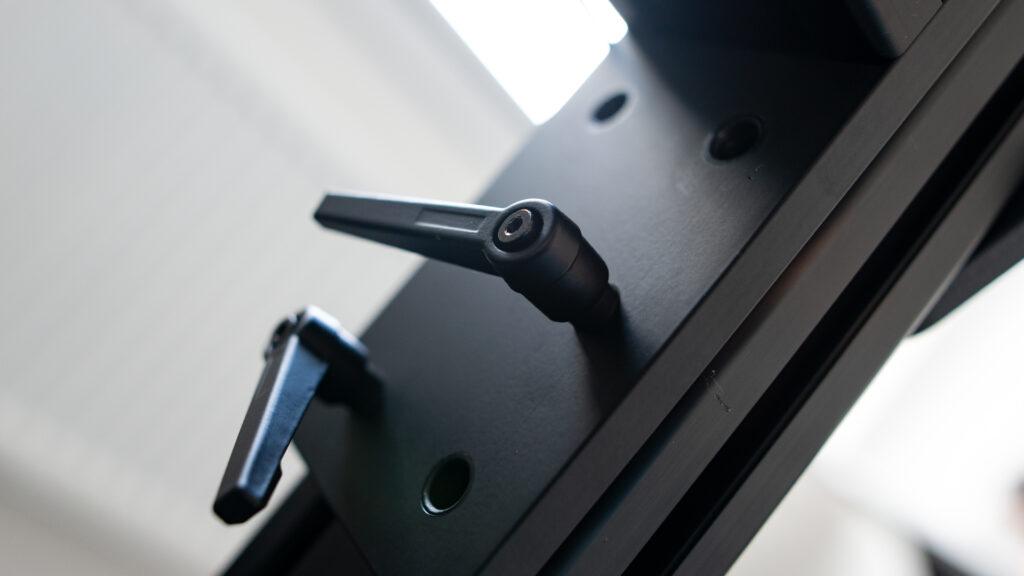
Upsides/downsides
The GT Omega Prime Lite has several plus points. Firstly, it looks great, it’s well laid out and the anodised black finish looks grown-up in comparison to other silver-coloured cockpits I’ve seen, which evoke memories of playing with Meccano as a kid.
Once constructed, it accepted my Fanatec and Heusinkveld gear easily and is luxuriously comfortable to sit in. There’s no higher compliment than saying I completely forgot I was on a rig while using it – I was just too engrossed in my driving.
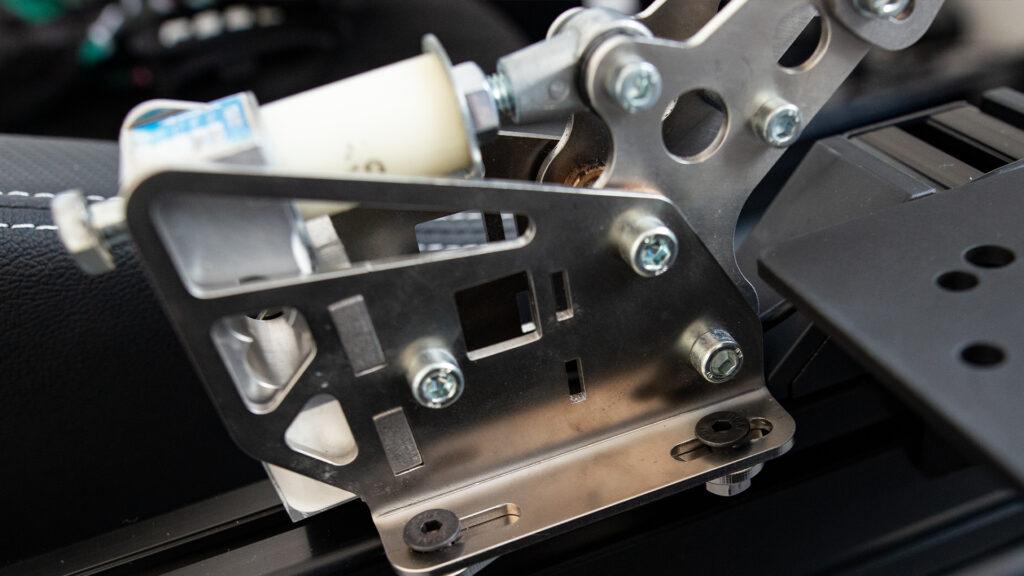
The Prime Lite is fully adjustable too, so you can move the wheelbase stand up and down and adjust the shifter plate to a more comfortable position. You don’t even need to use a GT Omega chair, which, naturally, slides back and forwards on runners – there are plenty of options to improve driver comfort.
There are downsides, however, as some of the build instructions were a little obscure and the seat bolts were difficult to fit. Generally, however, the rig is a solid piece of engineering that will take years of punishment.
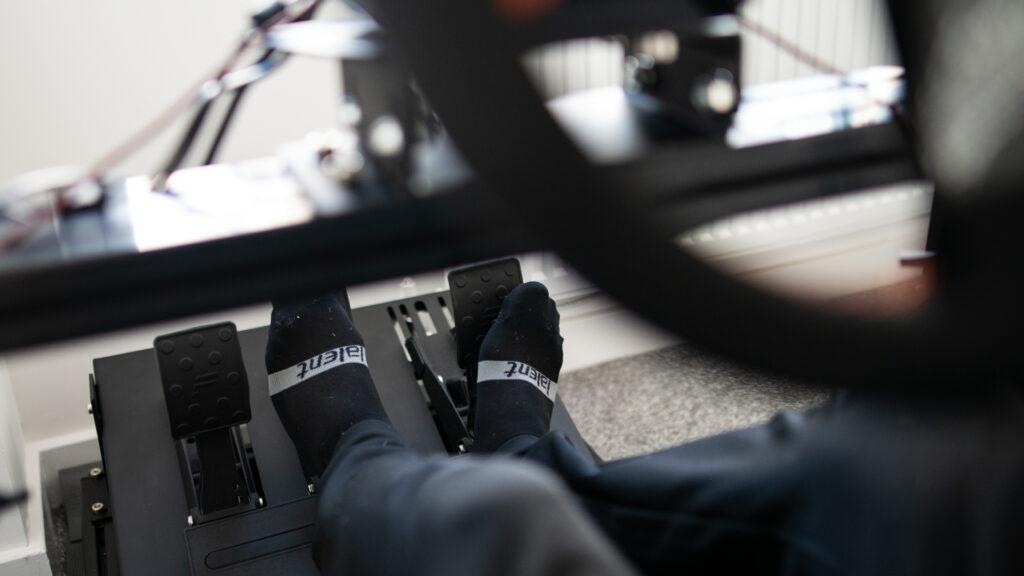
Despite this being pitched as a higher-end entry-level cockpit, the Prime Lite is future-proofed thanks to its modular layout; nothing is stopping you from bolting further accessories to its aluminium profile (I’ve got my eye on GT Omega’s keyboard tray, mouse plate and branded floor mat for future quality-of-life upgrades).
In all honesty, excluding those seeking motion rigs or similar top-end experiences, I firmly believe the GT Omega Prime Lite is all the sim racing cockpit you’ll ever need; from enthusiasts looking for a fixed racing solution to hardcore, professional esports drivers.
And for £349.95* (minus seat and monitor mount), it represents great value for money too.
What are your thoughts on the GT Omega Prime Lite Cockpit? Do you own one? Let us know in the comments below.
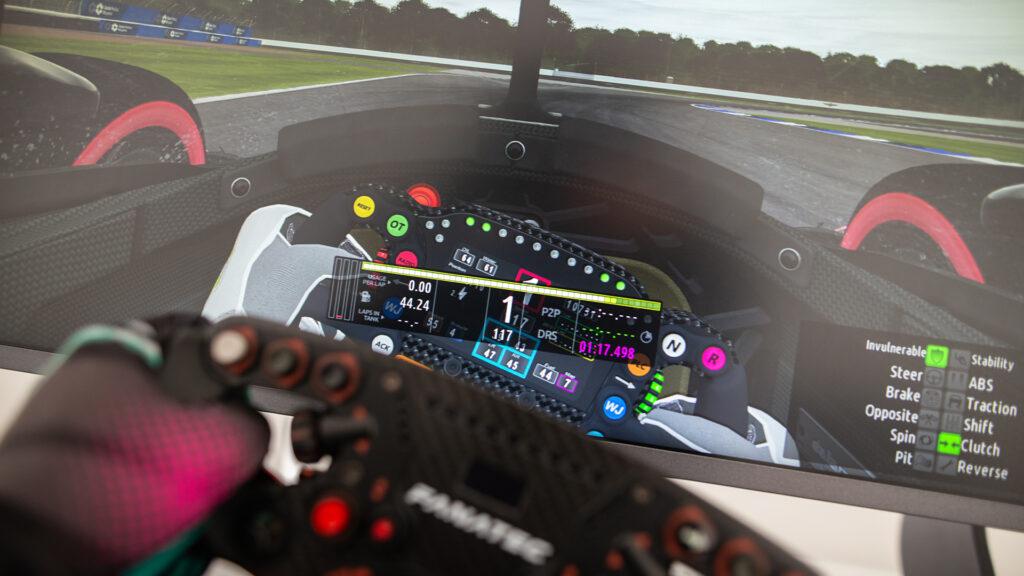
Full disclosure: This product was provided by the manufacturer for review purposes. Here is our review policy.
*price correct as of 17th July 2023





Chat with the Community
Sign Up To CommentIt's completely Free